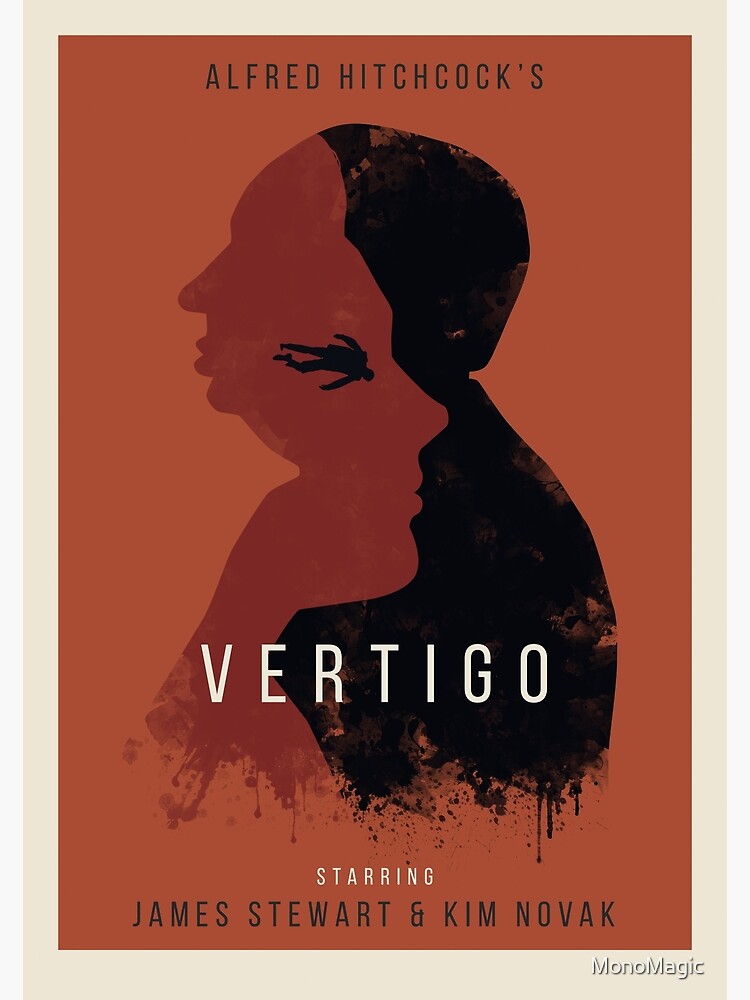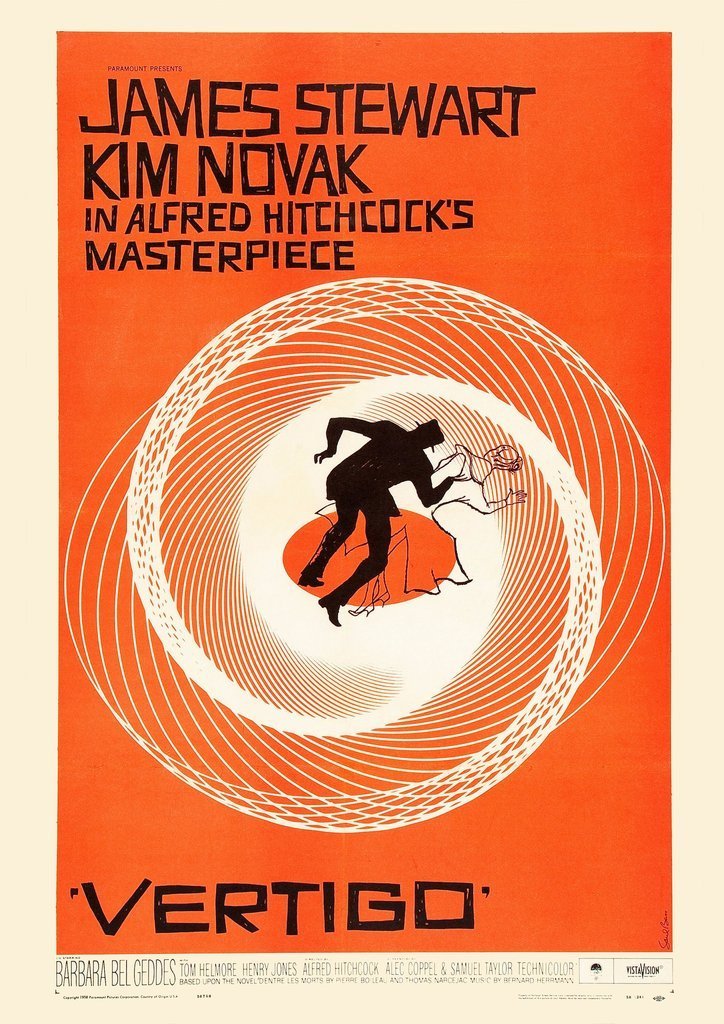

Nonetheless, the decision to undergird the analysis of the film with a sequential structure gives it some of the dramatic urgency and suspenseful power of the film itself, Pippin's interpretation working as an evocation and retelling of the film as much as a philosophical commentary on or elucidation of it. Naturally Pippin continually points forwards and backwards, drawing our attention to such parallels and motifs developing across the film, as well as situating it in various wider contexts (ranging from Hitchcock's oeuvre to the rise of modern social relations, as understood by Rousseau and Hegel). Scottie's position at the film's conclusion echoes his predicament in the film's opening scene, dangling from a rooftop, witnessing the fatal fall of a policeman striving to help him and midway through the film when, unable to follow Madeleine to the top of the bell tower due to his vertigo, he (believes he) sees her fall to her death. Pippin moves through Vertigo sequentially, beginning with the opening credits and leaving us with the image of Scottie Ferguson stranded atop the San Juan Bautista bell tower, frozen in stricken horror moments after the fall of Judy Barton.

The remaining chapters execute the plan set out in these opening two sections. He then sets out, in the introduction, the specific interpretative framework that he uses to approach Vertigo - a framework significantly though not exclusively inspired by Hegel.

Pippin begins with a prologue outlining the principles of his philosophical approach to film, which we might describe as an effort to discern the philosophy in certain films, following and teasing out the effort of the films themselves to 'disclose' features of the world or our place within it which have a philosophical character. This is another feature of the book which indicates how seriously Pippin takes film. He also honours Perkins with his close and careful attention to film style - to 'film as film,' in Perkins' words - whatever the sense in which film may play a philosophical role. But, as befits this tradition and the dedication to Perkins, Pippin generally carries his theory lightly here, much of it being compressed into the (admittedly often discursive) footnotes. Although - I think it is fair to say - he is a heavy-duty theoretical philosopher, and as an 'analytic Hegelian' an unusual one at that, in the context of film he aligns himself with a tradition of film appreciation generally known for its scepticism towards theorizing - at least of the orthodox varieties - the best-known exemplars of which are Stanley Cavell and Victor Perkins (to whose memory the book is dedicated Perkins died in 2016). Pippin is a distinctive figure among scholars active in the domain(s) where film meets philosophy. So by now we should both recognize film as one of Pippin's major preoccupations, and appreciate the degree to which his interest in the medium is integrated with his perspective on Hegel, modernity, and the arts. But there is no doubting the seriousness of his engagement with film and his respect for the power of the medium. True, Pippin is best known for his work on Hegel, in Hegel's Idealism (1991) and Hegel on Self-Consciousness (2011) among other works, and Hegel stalks the pages of The Philosophical Hitchcock too - Pippin cites After the Beautiful as the theoretical statement of the Hegelian ideas informing his interpretation of Hitchcock's 1958 release Vertigo (7). Perhaps it is unfair to describe it as an 'excursion,' since Pippin's substantial publication record includes two earlier books on film - Hollywood Westerns and American Myth (2010) and Fatalism in American Film Noir (2012) - while his (published) interest in the arts more broadly extends back to Modernism as a Philosophical Problem (1991), with Henry James and Modern Moral Life (2000) and After the Beautiful: Hegel and the Philosophy of Pictorial Modernism (2014) following in the new millennium. The book is Robert Pippin's most recent monographic excursion into the world of film art.


 0 kommentar(er)
0 kommentar(er)
